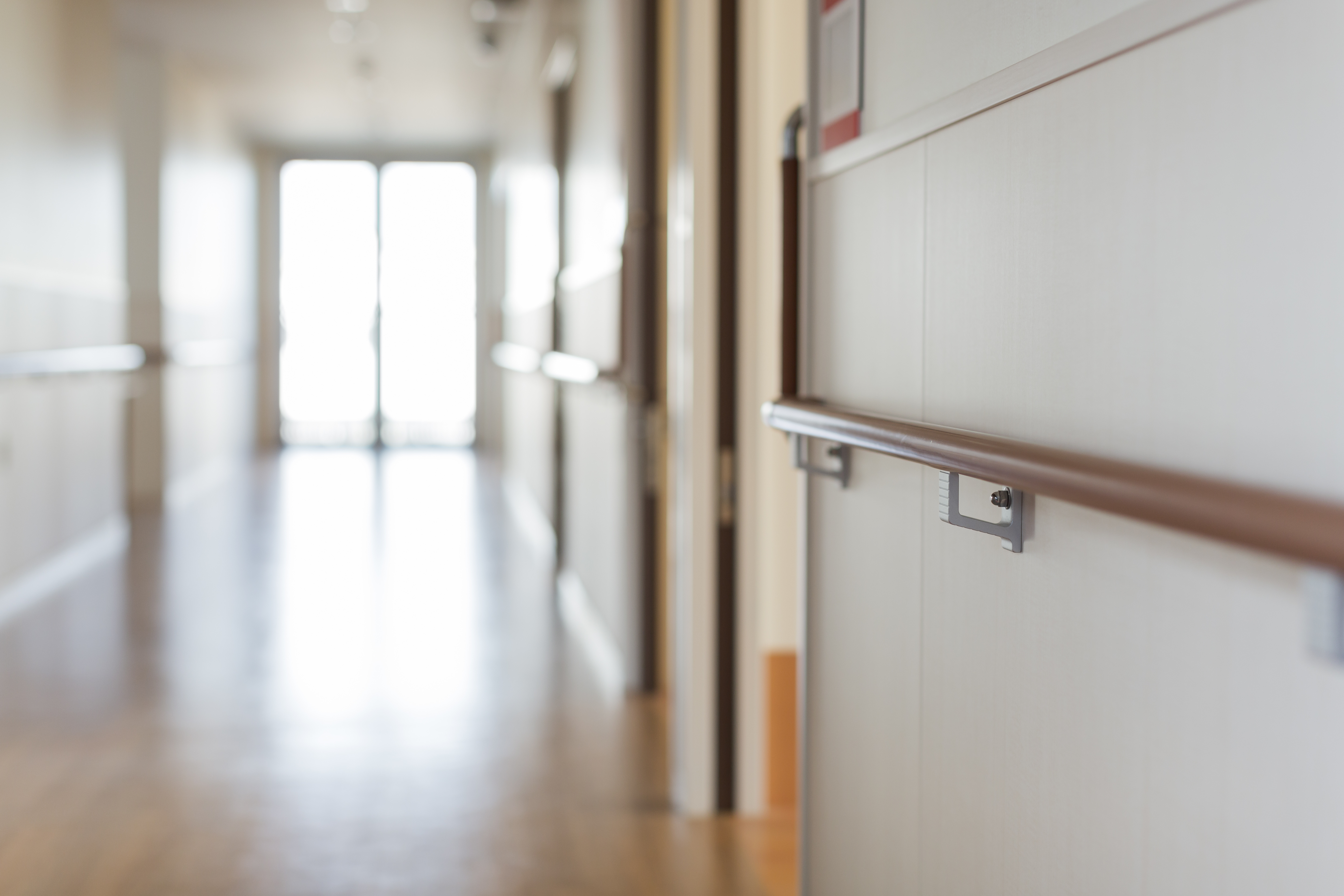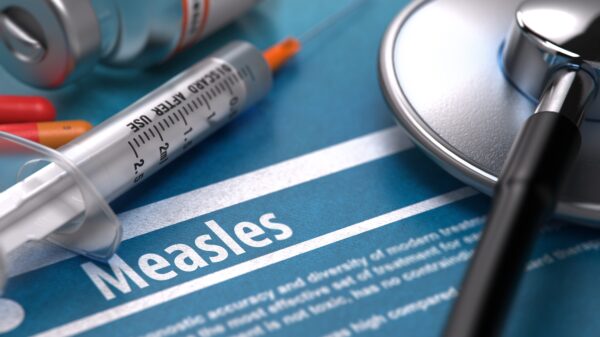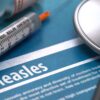Long-term care residents make up almost half of the deaths in Alabama due to COVID-19, according to the Alabama Department of Public Health.
As of Tuesday, 224 of the state’s 504 deaths, or 44 percent, were residents in the state’s long-term care facilities, the department told APR. On Wednesday, the total number of deaths statewide due to the virus increased to 517.
The death toll among the state’s long-term care residents Tuesday jumped 109 percent from two weeks prior, when 107 long-term care residents had died. ADPH includes both nursing homes and assisted-living facilities among long-term care deaths.
Statewide 1,239 long-term care residents have tested positive for coronavirus, and 811 long-term care facility employees have tested positive.
The department hasn’t publicly released which Alabama long-term care facilities have confirmed cases of COVID-19, citing privacy concerns, but that information is to soon be made public.
The Centers for Medicare and Medicaid Services on May 8 required nursing homes to begin reporting all suspected and confirmed COVID-19 cases to the Centers for Disease Control and Prevention. That information is to be posted to the CMS website by the end of May, according to the agency.
Getting enough coronavirus tests to be able to prevent more outbreaks in the state’s long-term care facilities has been a struggle for many weeks, according to the Alabama Nursing Home Association. The association told APR on May 3 that only a few facilities had been able to test every resident, and when those facilities did test everyone, they found a number of asymptomatic cases.
The CDC has recently loosened some restrictions allowing more long-term care residents to be tested, but to be tested a resident must still show symptoms.
Testing all residents at Alabama’s long-term care facilities won’t be cheap, however. To test every nursing home resident in Alabama — just once — would cost $7.5 million, according to an estimate by the American Health Care Association and National Center of Assisted Living released Wednesday.
Diagnostic tests are only a snapshot in time, and just because someone tests negative on one day, doesn’t mean they won’t test positive later. Multiple tests per person on a regular basis would likely be needed to fully contain outbreaks and prevent new ones from emerging.
“For months now, we have been advocating for expanded and priority testing in nursing homes to protect our residents and caregivers, but this is a significant undertaking and cost for nursing homes to shoulder on their own,” said Mark Parkinson, president of AHCA and NCAL, in a statement. “That’s why we have asked HHS to grant our request for a $10 billion emergency relief to help fund expedited testing and the additional staffing needed to respond to this unprecedented health crisis.”
AHCA and NCAL have also asked that the CDC allow testing for long-term care residents who are asymptomatic.
“Without expanded testing, it is virtually impossible for us to know who in our facilities, whether they are residents or caregivers, are COVID positive – making it extremely difficult to stop the spread of the virus,” the groups wrote to the U.S. Department of Health & Human Services on May 5.



















































